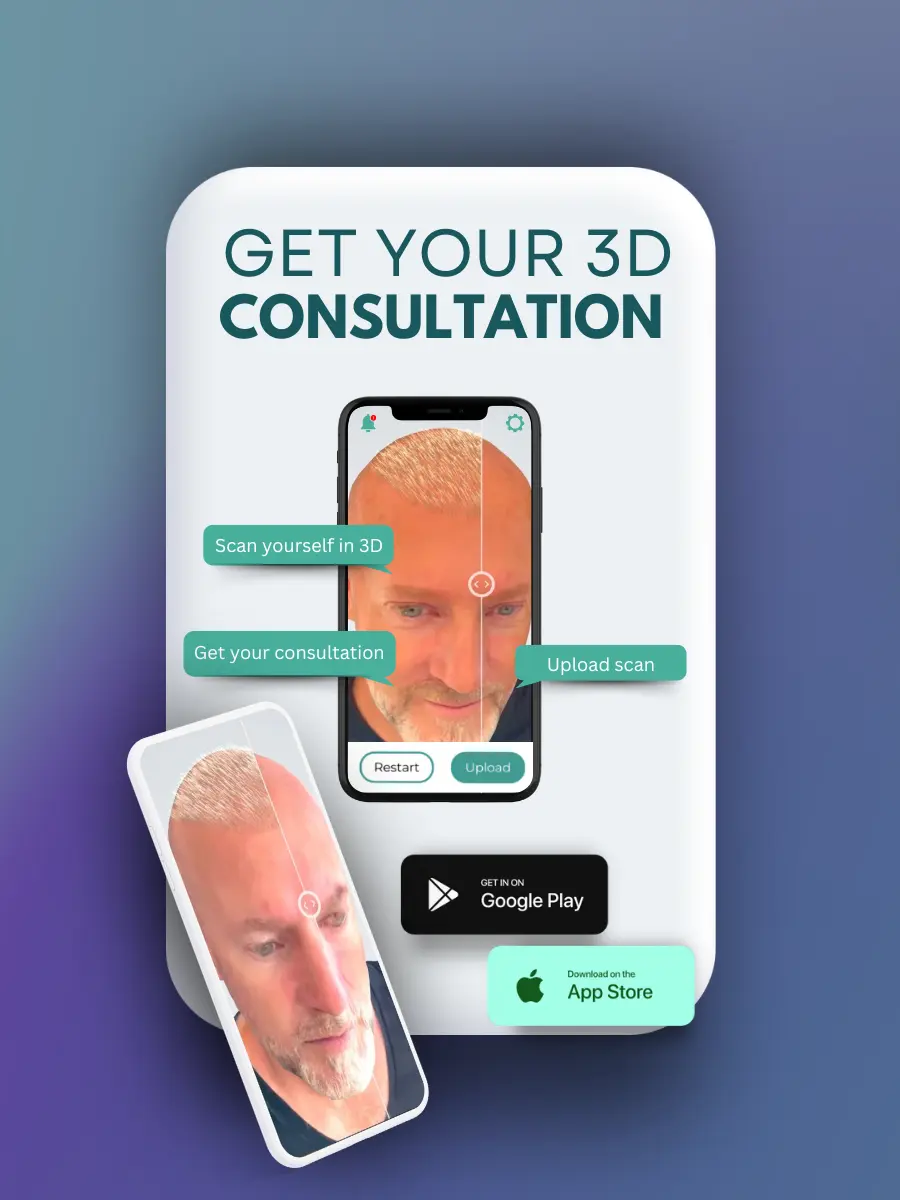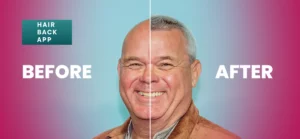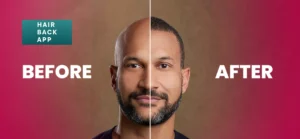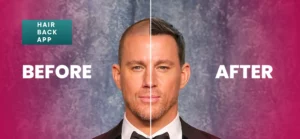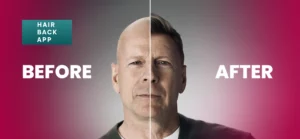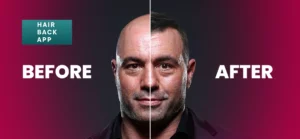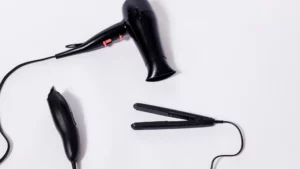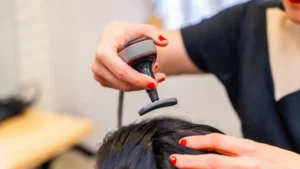Hair transplants for scalp scars offer a groundbreaking solution for those who struggle with both hair loss and the visible scars that can mar the natural appearance of the scalp.
My name is Emma Wright, your resident hair restoration specialist. Today we’ll be discussing about Hair transplants for scalp scars. Hair transplants for scalp scars offer a dual benefit, they not only restore hair but also improve the appearance of scars on the scalp, providing a comprehensive solution to this challenging problem.
Whether these scars result from surgical procedures, accidents, or medical conditions, they can be a source of emotional distress. Traditional scar treatments focus on improving the texture and appearance of scars, but they often fall short in addressing the hair loss associated with these scars.
Hair transplants for scalp scars not only restore hair but also provide a dual benefit by improving the overall appearance of the scarred area.
The Emotional Impact of Scalp Scars
Scalp scars can vary greatly depending on their cause, whether from surgery, trauma, or illness. Regardless of their origin, these scars disrupt the natural hair growth patterns leading to visible bald spots that can affect self-esteem. Hair transplants for scalp scars can play a significant role in restoring confidence by addressing both the scar and the associated hair loss.
How Hair Transplants for Scalp Scars Work
Hair transplants for scalp scars involve taking healthy hair follicles from a donor area, usually the back or sides of the scalp, and implanting them into the scarred area. This procedure can be done using two main techniques: Follicular Unit Transplantation (FUT) and Follicular Unit Extraction (FUE). Both methods aim to improve the appearance of the scar while also promoting new hair growth in the affected area.
- FUT for Scar Revision: This method involves removing a strip of skin from the donor area and dissecting it into individual follicular units for transplantation. Hair transplants for scalp scars using the FUT technique are particularly effective for larger scars, where a greater number of follicles are needed to achieve the desired density.
- FUE for Scar Treatment: The FUE technique involves extracting individual follicular units directly from the donor area and implanting them into the scar. Hair transplants for scalp scars using the FUE method are less invasive and do not leave a linear scar, making it an ideal choice for smaller scars or for those who prefer a less noticeable procedure.

The Dual Benefits of Hair Transplants for Scalp Scars
One of the primary advantages of hair transplants for scalp scars is the dual benefit they provide. Not only do they restore hair to the affected area, but they also improve the appearance of the scar itself.
- Camouflaging the Scar: Hair transplants for scalp scars can effectively cover the scar, making it less noticeable and allowing the new hair to blend seamlessly with the surrounding hair.
- Improving Scar Texture: The process of implanting hair follicles into the scarred tissue during hair transplants for scalp scars stimulates blood flow and collagen production, leading to a softer, more natural-looking scar.
- Enhancing Skin Color: Scars can sometimes appear discolored, either lighter or darker than the surrounding skin. Hair transplants for scalp scars help create a more uniform color, reducing the contrast between the scar and adjacent skin.
- Psychological Benefits: The psychological impact of hair transplants for scalp scars is profound. Many individuals experience a significant boost in self-confidence and self-esteem, which can positively affect their overall quality of life. Additionally, paying attention to nutrition in hair growth and health can further enhance the results of the procedure, promoting robust hair growth.
Candidate Selection for Hair Transplants for Scalp Scars
Not every individual with a scalp scar is a candidate for hair transplants for scalp scars. Factors such as the type and location of the scar, the availability of donor hair, and the patient’s expectations play a crucial role in determining suitability.
- Scar Type and Location: The effectiveness of hair transplants for scalp scars depends on the type and location of the scar. Scars that are wide, raised, or have poor blood supply may require special consideration.
- Donor Hair Availability: Sufficient donor hair is essential for successful hair transplants for scalp scars. In some cases, body hair or beard hair may be used if scalp donor hair is insufficient.
- Patient Expectations: Managing expectations is key when considering hair transplants for scalp scars. Patients should understand that while the procedure can significantly improve the appearance of scars, it may not completely eliminate them.
- Scar Maturity: Hair transplants for scalp scars are generally more successful in scars that are at least a year old, as these have had time to fully mature and stabilize.
The Procedure and Recovery Process
The procedure for hair transplants for scalp scars is similar to traditional hair transplantation but with added considerations due to the presence of scar tissue.
- Preoperative Assessment: A thorough assessment is the first step in hair transplants for scalp scars, where the surgeon evaluates the scar and donor area, creating a personalized treatment plan. Careful hairline design is crucial in this phase to ensure a natural appearance post-transplant.
- Harvesting Donor Hair: Donor hair is harvested using either the FUT or FUE technique, depending on the specific needs of the hair transplants for scalp scars.
- Implanting Hair Follicles: The harvested follicles are implanted into the scarred area with precision, ensuring that the new hair growth blends naturally with existing hair. Advances in hair transplant innovation have made this process more efficient and effective.
- Postoperative Care and Recovery: Following hair transplants for scalp scars, patients receive detailed care instructions to ensure proper healing and maximize the chances of successful hair growth. Adhering to seasonal hairline care tips can also be beneficial during the recovery phase.
- Follow-Up and Results: The results of hair transplants for scalp scars may take up to a year to fully manifest, with follow-up sessions sometimes needed to achieve optimal coverage and density. Patients should also be aware of the impact of smoking on hair transplant success, as it can significantly affect the outcome.
Conclusion
Hair transplants for scalp scars offer a powerful and comprehensive solution for individuals dealing with the dual challenges of hair loss and scalp scarring. By restoring hair and improving the appearance of scars, these procedures provide not only cosmetic benefits but also significant psychological relief.
As techniques continue to advance, hair transplants for scalp scars are likely to become an increasingly popular choice for those seeking a solution that addresses both their hair loss and scar concerns. Furthermore, understanding the benefits of hair restoration can help patients make informed decisions about their treatment options.

